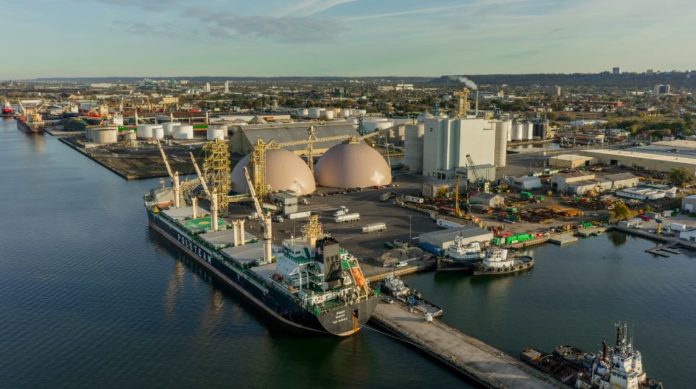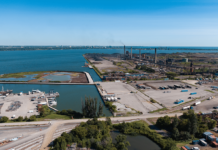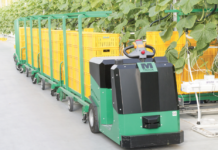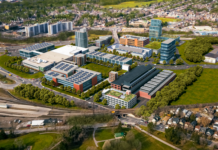Ontario is not typically viewed as a maritime province, and yet it boasts 10,000 km of Great Lakes shoreline, and access to a marine highway in the Great Lakes-St. Lawrence that connects the North American industrial heartland to any market around the world. Still, throughout southern Ontario, there are marine infrastructure assets that are unconnected and underutilized. By beginning to see these assets as part of an integrated network, one can start to explore innovative ideas to serve the growing region.
This was the thinking behind the amalgamation of the Ports of Hamilton and Oshawa into a new, regionally minded entity, the Hamilton Oshawa Port Authority, or HOPA Ports. These two ports are ideal bookends to the Greater Toronto Hamilton Area (GTHA), and together handle more than 12 million tonnes of the cargo that keeps this region functioning day-to-day, including everything from gasoline, to structural steel for construction, to fertilizer for Ontario greenbelt farms.
At the western tip of Lake Ontario, the Port of Hamilton is Ontario’s largest marine port, which spans 630 acres along Hamilton’s working waterfront. “This is not like any other industrial district,” notes Ian Hamilton, President & CEO of HOPA Ports. “The access to multiple modes of transportation in one location creates a special advantage. So uncommon is this combination of industrial space and marine-rail-and-road services that the port has attracted close to $350 million in new industrial investment inside the last decade.”
Hamilton has always been a place for making things, and these days, that is likely to include making good things to eat. The agriculture and food processing sector has taken over as Hamilton’s second largest manufacturing sector, generating over $1 billion in economic activity annually. The Port of Hamilton has been a major driver of growth in this sector, now home to fourteen agri-food tenants. This year, port tenant Parrish & Heimbecker began a project to double the capacity of the flour mill that began operations just two years ago. Also in 2019, port tenant SucroCan completed an expansion of its sugar refinery at Pier 10; this new local source of refined sugar serves as an important link in the regional food processing supply chain.
“Modern industrial uses are key to Ontario’s future prosperity, as is the need to preserve industrial land, especially where there are good multimodal transportation connections,” says HOPA Ports’ Ian Hamilton. It’s an approach that is working well in Hamilton, and serves as the model for HOPA Ports’ expanding Great Lakes network.
















